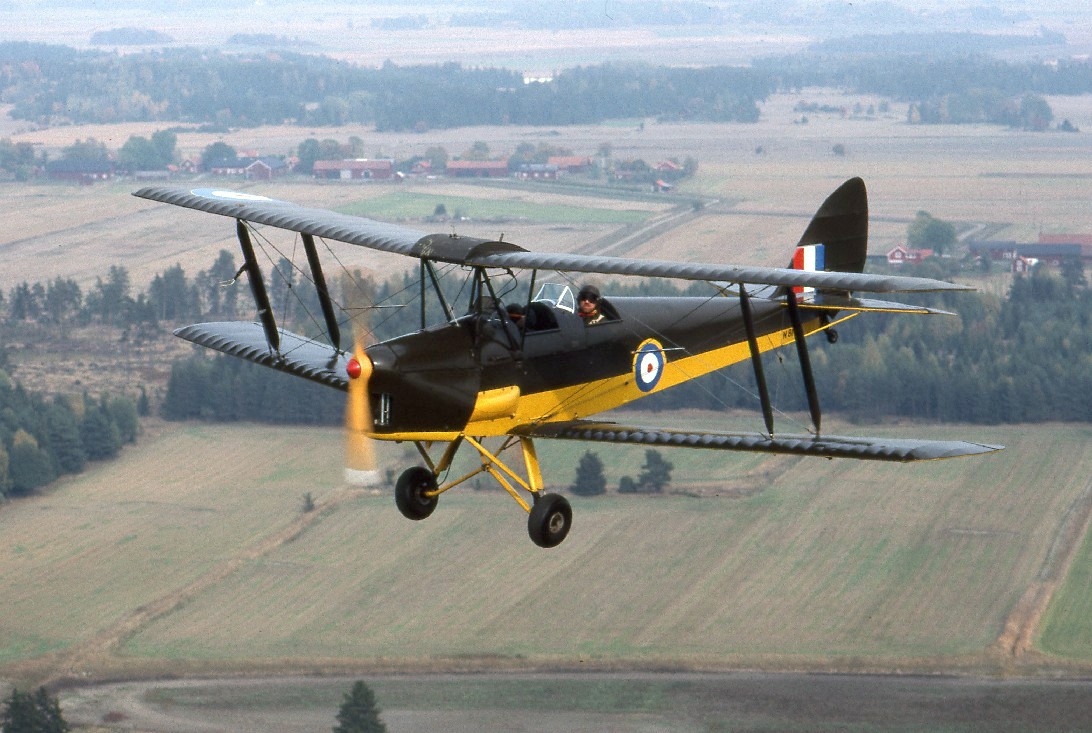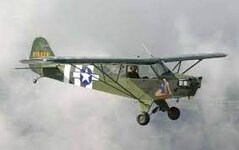I missed a previous series.
I'm basing my statement on Quill's book, the Autoweek article, Hooker's bio, other published accounts, plus conversations with engineers from the RR Derby and Glasgow factories, who found their way into auto racing in the '60s and '70s.
My attitude has always been that while I may explain and defend my research and opinions, I'm never set in them, and am always open to change given better information.
Basically, there should NEVER be any set and irrefutable fact. We should always be open to new ideas and civil discussion.
Most of all, take my comments as quick examples meant to solidify a wandering thread. Also, FlyboyJ's focus on Vietnam is not what I intended ... note that I said "wars like Vietnam". Note that the USAF spent the 1950s specifying dozens of fighters and bombers for wars and missions that didn't develop, while the much re-specified Phantom wound up fitting the need.
I'm basing my statement on Quill's book, the Autoweek article, Hooker's bio, other published accounts, plus conversations with engineers from the RR Derby and Glasgow factories, who found their way into auto racing in the '60s and '70s.
My attitude has always been that while I may explain and defend my research and opinions, I'm never set in them, and am always open to change given better information.
Basically, there should NEVER be any set and irrefutable fact. We should always be open to new ideas and civil discussion.
Most of all, take my comments as quick examples meant to solidify a wandering thread. Also, FlyboyJ's focus on Vietnam is not what I intended ... note that I said "wars like Vietnam". Note that the USAF spent the 1950s specifying dozens of fighters and bombers for wars and missions that didn't develop, while the much re-specified Phantom wound up fitting the need.
Last edited:



